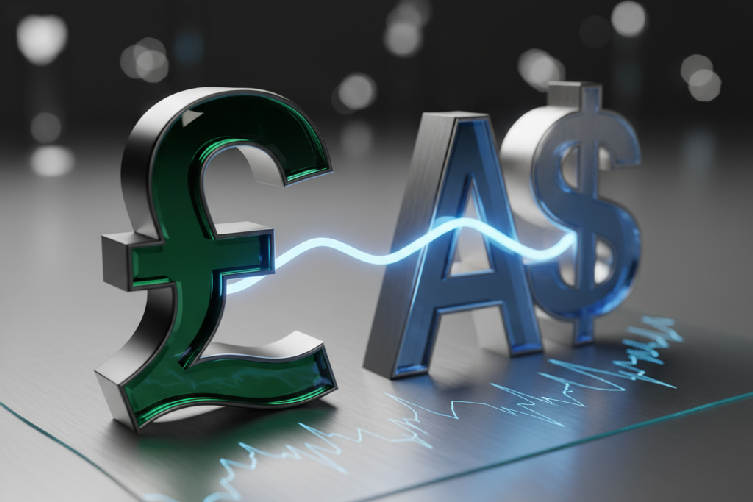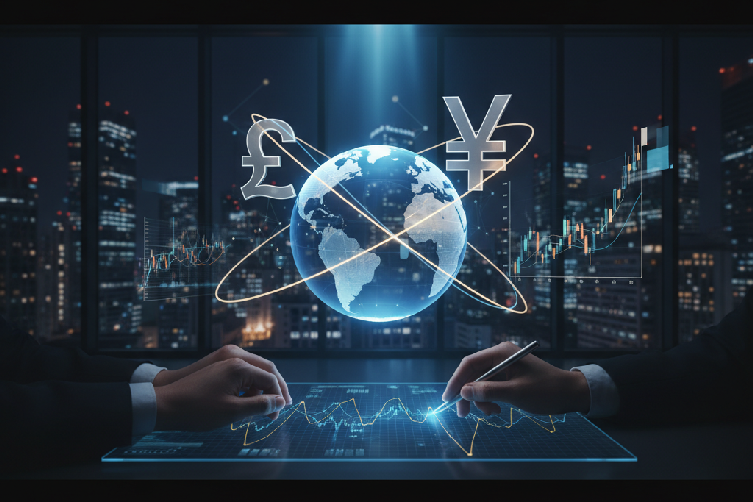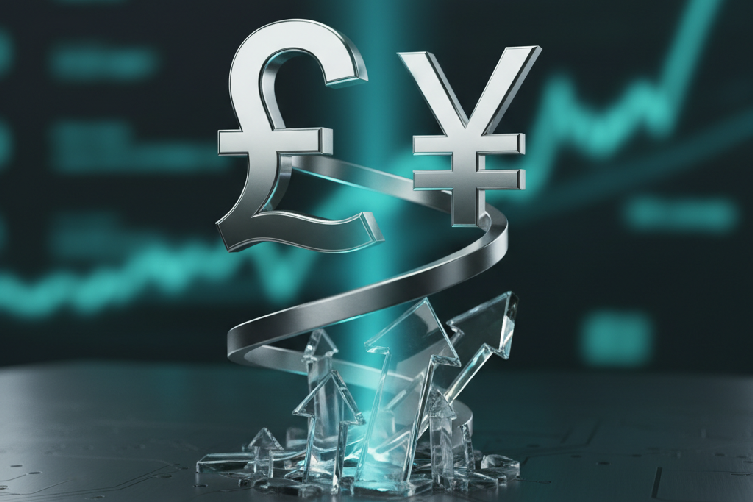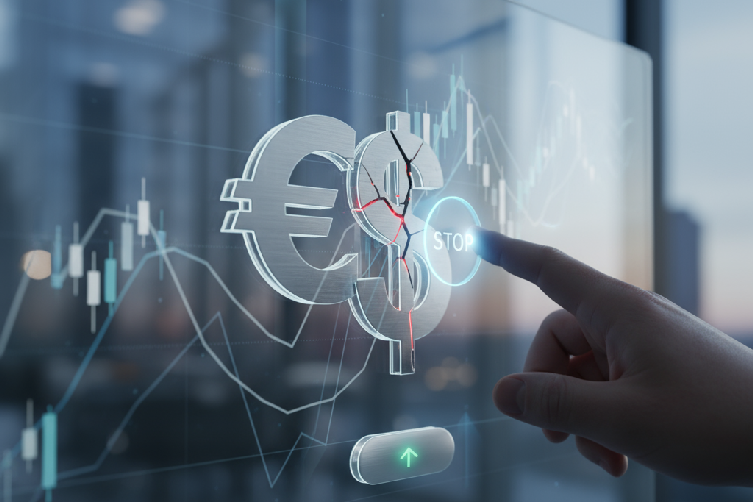Forex Trading Robots: Your Complete 2025 Guide

Imagine having an automated assistant that trades for you 24/7, never sleeps, and operates without emotion. Welcome to the world of forex trading robots—a revolutionary tool changing how people trade currencies.
This guide will explain exactly what a forex trading robot is, how it works, and its pros and cons. Whether you’re new to trading or have years of experience, understanding these powerful tools can significantly improve your strategy. We’ll also touch on why choosing a top-tier regulated forex broker is crucial for your success.
The Rise of Automated Trading
The foreign exchange (forex) market is the world’s largest financial market, with more than $6 trillion traded daily. In this fast-paced environment, traders are always looking for an edge. What if you could trade smarter, not just harder?
This is where forex trading robots, also known as Expert Advisors (EAs), come in. These automated systems are built to execute trades with incredible precision and efficiency. Think of it as having a tireless assistant who follows your trading plan perfectly, free from the emotional mistakes that often plague human traders.
What Exactly is a Forex Trading Robot?
A forex trading robot is a software program that automates trading decisions using a pre-defined set of rules and algorithms. These EAs analyze market data, spot trading signals, and place trades on your behalf.
Here’s a simple breakdown of how they operate:
- Monitors Market Conditions: The robot constantly scans the forex market, analyzing charts and indicators to find potential opportunities.
- Generates Trading Signals: Based on its built-in strategy, it generates signals to either buy or sell a currency pair.
- Executes Trades Automatically: When a signal meets the set criteria, the robot instantly executes the trade without hesitation.
- Moving Averages
- Relative Strength Index (RSI)
- Moving Average Convergence Divergence (MACD)
- Hands-Free Trading: Once you set it up, the robot requires minimal supervision.
- Consistency: It adheres strictly to its programmed strategy, ensuring discipline in every trade.
The biggest advantage is their ability to remove emotions like fear and greed from your trading. Robots stick to the plan, ensuring discipline. You can think of a trading robot like a self-driving car—it navigates the complex financial markets using data and algorithms, just as a smart car navigates roads with sensors.

How Do Forex Robots Work?
To understand how these robots function, you need to look at the technology behind them. Smart trading applications use real-time data and advanced algorithms to fully automate your trading.
At the core of every robot is an algorithm—a set of strict rules telling it when to enter or exit a trade. These algorithms can be based on common strategies like trend following, mean reversion, or scalping.
To identify these opportunities, robots rely on technical indicators such as:
Before going live, new robots are rigorously backtested against historical market data. This process helps developers assess performance and optimize the strategy for better results. By using complex algorithms, these robots process massive amounts of data far faster than any human can.
They run directly within your trading platform, like MetaTrader 4 or 5, integrating seamlessly with your broker account for real-time execution. For example, if a robot is programmed to buy EUR/USD when the 50-day moving average crosses above the 200-day moving average, it will execute the buy order the moment that signal appears.
What are the Main Types of Forex Robots?
Understanding the different kinds of forex trading robots helps you choose one that aligns with your trading style and goals. The main category is fully automated systems.
Fully Automated Systems
These robots handle the entire trading process without any human intervention. From market analysis to trade execution and position management, they operate completely independently based on their programmed algorithms.
The primary benefits include:
By leveraging the power of automation, traders can capitalize on market opportunities around the clock. As you explore adding a robot to your strategy, remember that success also depends on using a secure and reliable regulated forex broker.

















